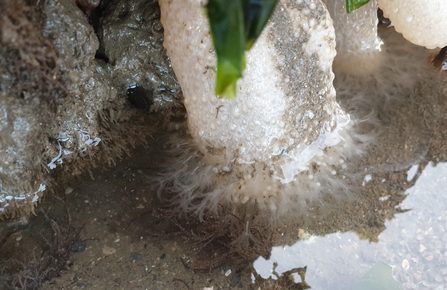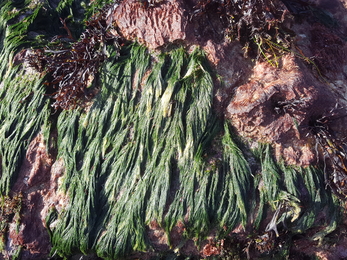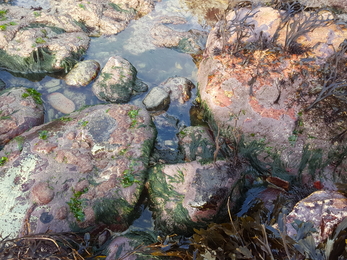The shores visited this month for the group surveys were LLandudno pier (Pen y Gogarth SSSI), Rhoscolyn (Glannau Rhoscolyn SSSI) and Cricieth (Glanllynnau a Glannau Pen-y-Chain i Gricieth SSSI). We also visited Cricieth (Tiroedd a Glannau Rhwng Cricieth ac Afon Glaslyn SSSI) for a brief introduction to a volunteer group from Bangor University.
Surveys completed
Number of quadrats: 15;
Time spent on species searches n/a
Number of volunteers: 11











